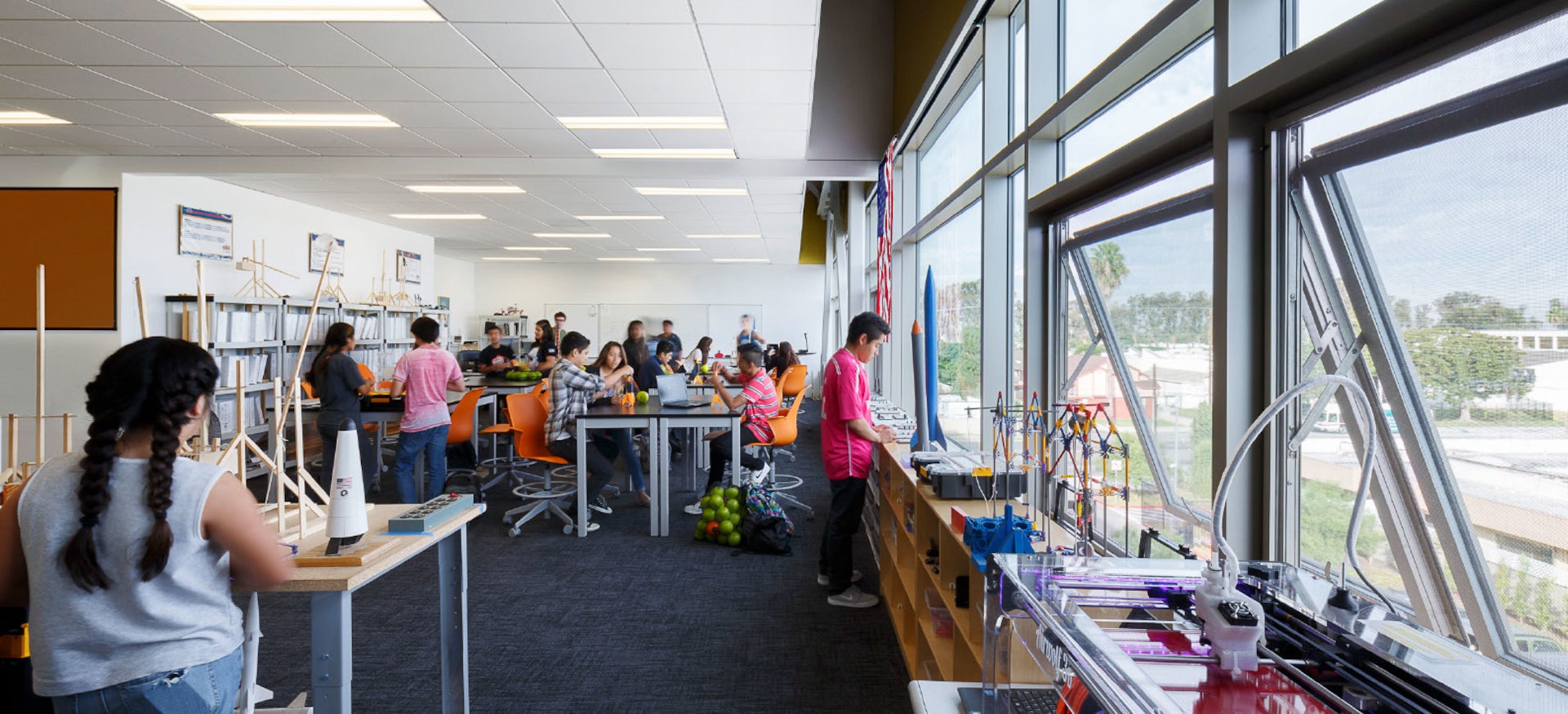As research into the coronavirus pandemic continues, it’s increasingly clear that being indoors, near others, breathing the same air and occupying the same space, poses a greater risk of COVID-19 transmission than distanced and outdoor activities.
As offices and businesses reopen, the risk of airborne viral transfer makes indoor air quality management, and the proper operation of heating, ventilation and air-conditioning systems (HVAC), even more crucial. It is clear that being exposed to droplets expelled from an infected individual, via coughing or sneezing, is the main route for transfer of the infection. According to Joseph Allen, director of the Healthy Buildings program at the Harvard T.H. Chan School of Public Health, “we can’t ignore” the possibility of sustained airborne spread. “The evidence suggests that mitigating airborne transmission should be at the front of our disease-control strategies for COVID-19,” he wrote in a recent article.
While everyone seeks to lower their own health risks, the safest thing for building operators to do is operate under the assumption that infected people might be in the building and that some type of virus transfer might occur. Social distancing, reducing capacity, practicing proper hygiene and wearing masks are the most effective mitigation strategies. But building owners can also implement air quality management and HVAC operational strategies to reduce the possibility of spreading the virus via airborne droplets.
Strategies for Healthy Indoor Air in a Post-covid World
Amid the rapidly evolving understanding of coronavirus, proper indoor air quality management can help keep buildings safer and healthier.
What won’t change are the well-established benefits of good indoor air quality and the proper operation of HVAC systems.
The best guidance I can provide, after consulting research from the American Society of Heating, Refrigerating and Air-Conditioning Engineers (ASHRAE), as well as the U.S. Centers for Disease Control and the Environmental Protection Agency, is to ventilate buildings as much as feasible and maintain filters to the best of your abilities. In general, that means buildings should increase ventilation rate to flush out whatever pollutants are generated inside the building.
Don’t make the mistake of turning off mechanical ventilation systems thinking you might avoid spreading of the virus. Building managers should operate the HVAC systems and maximize ventilation and exhaust rates, opening windows to increase fresh air where that is possible. Operating the ventilation systems and elevating ventilation rates help keep indoor pollutants in the building from accumulating.
At this point, there isn’t a consensus on the impact of changing temperatures or humidity setpoints on the virus. Maintaining indoor conditions that keep occupants thermally comfortable will avoid adding stress to those who are re-entering workspaces for the first time in a while.


Building managers should maintain and regularly change out HVAC air filters to maximize their effectiveness. Install the highest-efficacy filters that your system can accommodate, preferably MERV 13. There are additional HVAC upgrades that may mitigate indoor air pollutants, such as installing ultraviolet germicidal irradiation (UVGI), which destroys bacteria, mold and other organisms that can grow on surfaces inside HVAC equipment. At this time, however, I cannot advocate for bipolar ionization, plasma air cleaners or ozone generators. Many air quality experts consider these technologies junk science that actually can make IAQ worse.
There are more powerful filtration technologies, such as HEPA filters found in hospitals. But HEPA upgrades are financially and operationally unfeasible for many commercial HVAC systems (while portable HEPA systems may be a good choice where system capabilities are limited).
Maintaining your HVAC system and operating it properly cannot guarantee that viruses will not transfer inside a building. No single measure offers a perfect solution in our current situation. And it’s important to remember that the research is still evolving. Isolating those who are infected, social distancing, wearing face coverings and hand washing are the most important measures any business can take to reduce the transfer of the COVID-19 virus.
A few case studies from overseas suggest ventilation systems have contributed to the spread of COVID-19, but the reality isn’t that simple. In some of the published examples, the HVAC systems provided very little ventilation, creating poor indoor air quality conditions, which may have allowed the virus to concentrate and spread to others within the buildings.
Managers and building owners are making tough choices amid a rapidly changing situation. What won’t change are the well-established benefits of good indoor air quality and the proper operation of HVAC systems. Best practices for managing a healthy indoor environment should be a normal part of building operations in all conditions, and not just during a pandemic.
Erik Ring is the Director of Engineering for LPA Design Studios. He provides overall leadership for the firm’s multi-disciplinary engineering efforts including structural, sites and systems design teams.















